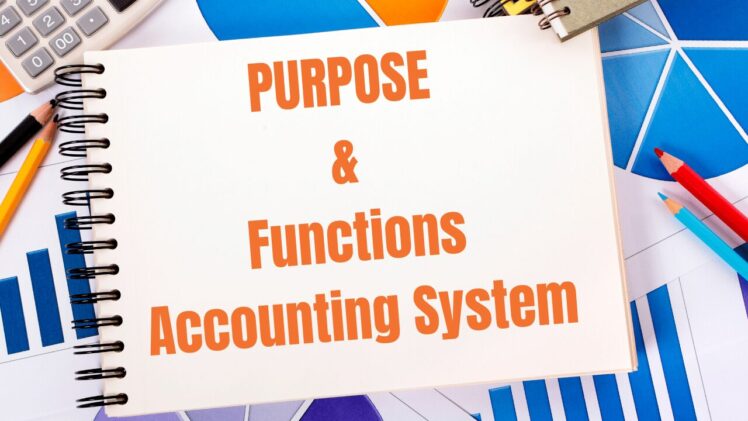Debtor System of Accounting in Branch Accounts

Debtor System of accounting is suitable for the small-size branches. Under this, a Branch Account is opened for each branch in the head office ledger. All transactions are recorded in this account. The Branch Account is prepared in such a way that it discloses the profit or loss of the branch. Branch Account is a Nominal Account in nature. Head office may send goods to branch either at “Cost price” or “Selling price”. Journal Entries Under Debtor Method:
For recording opening balances of Branch Assets Branch A/c Dr. To Branch Assets (Individually)
For recording opening balances of Branch Liabilities Branch Liabilities (Individual) Dr. To Branch A/c
When goods are supplied by the Head Office/another branch to branch Branch A/c Dr. To Goods sent to Branch A/c
When goods are returned by the branch/branch customers directly to the Head Office Goods Sent to Branch A/c Dr. To Branch A/c
When goods are supplied by the branch to another branch under instructions of Head Office Goods Sent to Branch A/c Dr. To Branch A/c
When goods are supplied by the head office but not received by the branch Goods-in Transit A/c Dr.To Branch A/c
When the Head Office meets the branch expenses or sends cash to the branch for meeting its expenses Branch A/c Dr. To Cash/Bank A/c
When remittances are received by the Head Office from the Branch/ Branch Customers Cash/Bank A/c Dr.To Branch A/c
When remittances are sent by the branch but not received by the Head Office Cash in-transit A/c Dr. To Branch A/c
When the balance in goods sent to Branch Account is transferred Goods sent to Branch A/c Dr. To Purchases A/c (in case of Trading concerns) or, To Trading A/c (in case of manufacturing concerns)

Source: byerlyenterprises.com
For recording the closing balances of Branch Assets Branch Assets A/c (individually) To Branch A/c
For recording the closing balances of Branch Liabilities Branch A/c Dr. To Branch Liabilities (Individually)
For recording Profit or Loss (i)If credit side exceeds the debit side.(ii)If debit side exceeds the credit side Branch A/c Dr. To General Profit & Loss A/c General Profit & Loss A/c Dr. To Branch A/c
Software and Tools: Using the right accounting software and tools can make implementing the Debtor System in branch accounting much easier. Digital solutions offer automation, real-time updates, and centralized data, which are essential for modern accounting practices. Software like QuickBooks, Xero, and Sage can handle various accounting tasks, from invoicing to financial reporting.
One of the standout options on the market offers the ultimate solution for effortless invoicing. With this software, you can create, send, and track invoices with ease, making it a valuable tool for any branch accounting system. Investing in reliable and efficient software not only streamlines your accounting processes but also reduces the risk of errors.
The following items are to be ignored while preparing Branch Account under this method:
Bad debts, discount allowed, credit sales, sales returns by customers to branch, cash received by Branch from Branch Debtors, since the debtors at the end appear at the adjusted figure.
Depreciation and Profit/Loss on sale of fixed assets since fixed assets at the end appear at the adjusted figure.
Abnormal Losses since stock at the end appears at the adjusted figure.
Expenses met by Branch out of cash, since either reduced cash balance at the end is decreased or the liability at the end is increased.
Purchase of Goods/Fixed Assets by Branch, since book value of Goods/Fixed assets at the end is increased and either the amount of remittances is reduced or the Creditors at the end are increased.

Source: happay.com
Sale of Goods/Fixed Assets by Branch since book value of Goods/ Fixed assets at the end is decreased and either the amount of remittances is increased or the Debtors at the end are increased.
Petty Cash Expenses paid by the Branch. The Branch Account is debited with the opening balance of Petty Cash and the amount of petty cash sent by the head office and is credited with the closing petty cash. For calculating closing petty cash, all expenses paid by the branch are taken into consideration. Therefore it should be ignored for preparation of Branch Account.
In cash the petty cash is maintained on Impress System, the expenses met by the branch are to be shown in the same manner as the branch expenses met by the Head Office. In such a case, petty cash balance at the end appears at the same amount at which it appears in the beginning.
Invoice Price. Sometimes, the consignor does not want to reveal the cost of the goods to the consignee and therefore, invoices goods at a price which is higher than the Cost Price (CP). Such price is known as ‘Invoice Price’ (IP). The difference between the Invoice Price UP) and the Cost Price (CP) is called ‘Loading’. –
How to Eliminate/Remove Loading. When goods are sent at invoice price, for ascertaining correct profit/loss on Branch, the items recorded at invoice price should be brought down to cost price level. For this purpose, the loading including in the various items should be eliminated by passing the following adjusting entries
- For loading on Opening Stock

Source: regent.ac.za
Stock Reserve A/c Dr.
To Branch A/c
- For loading (Net) on goods sent to Branch (i.e., Goods sent to Branch less Returns by Branch or Branch customers) to H.0.] :
Goods Sent to Branch A/c Dr.
To Branch A/c
- For loading on closing stock
Branch A/c Dr.
To Stock Reserve A/c
After passing the aforesaid adjusting entries, the relevant items will appear in the Branch Account as follows :





